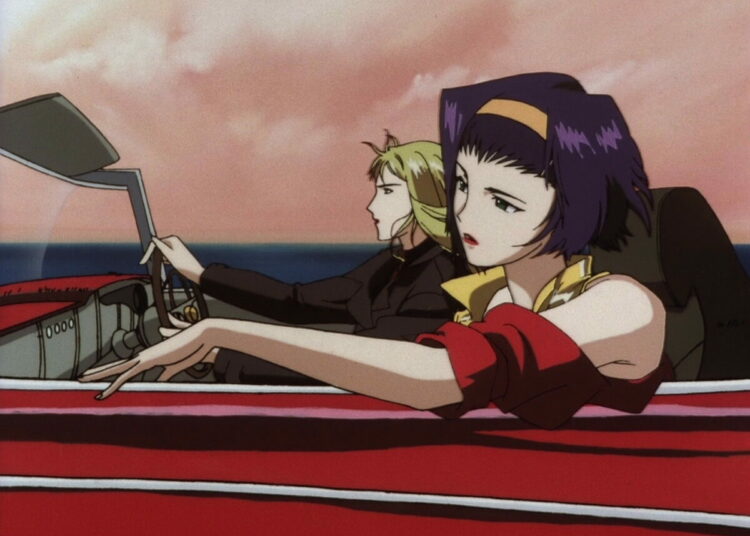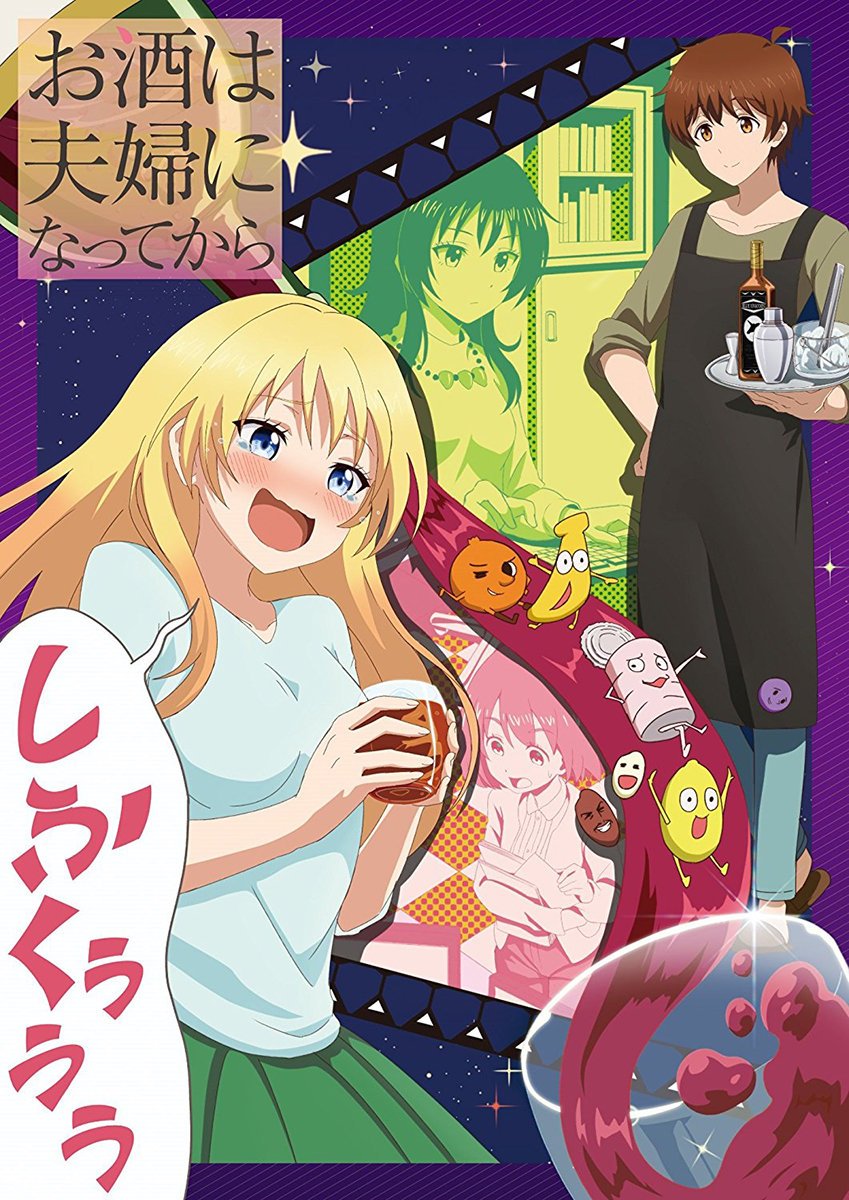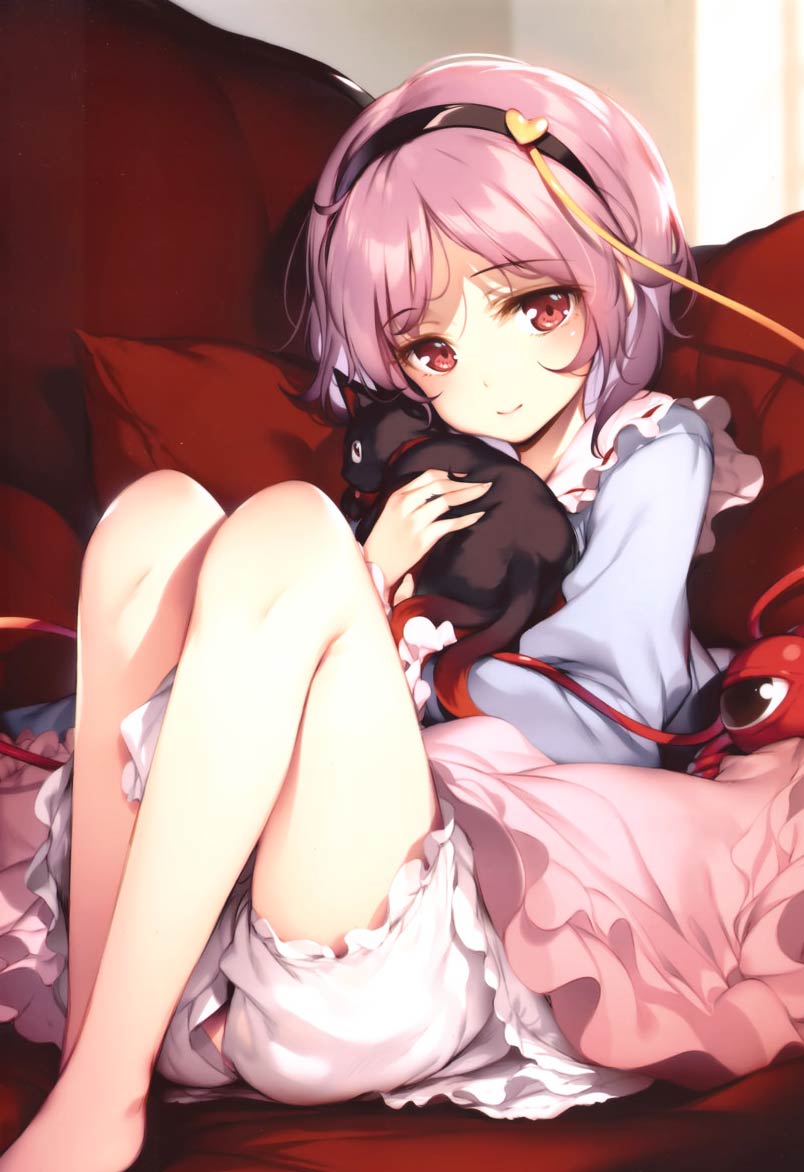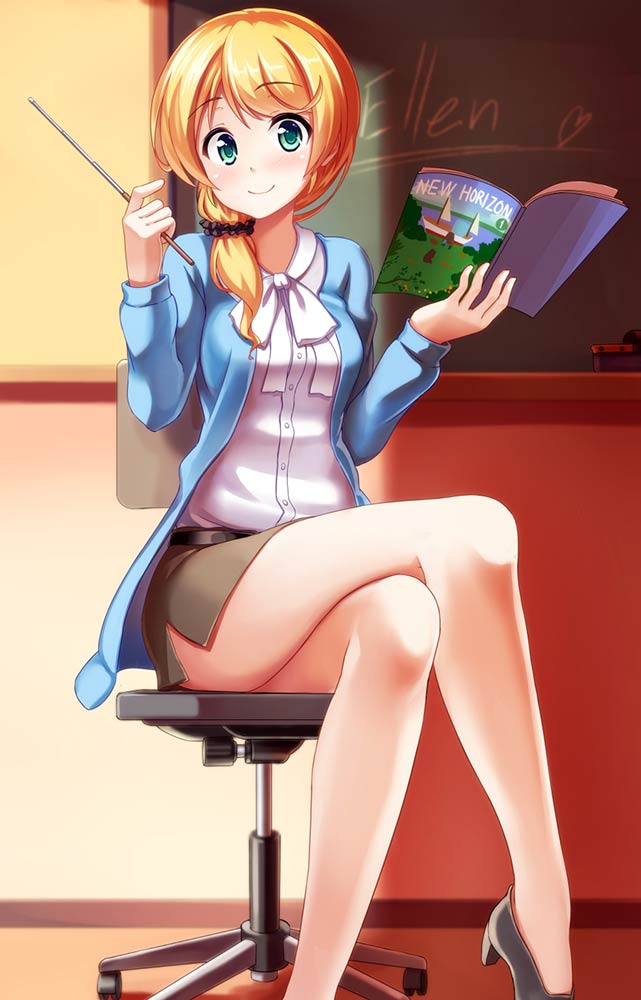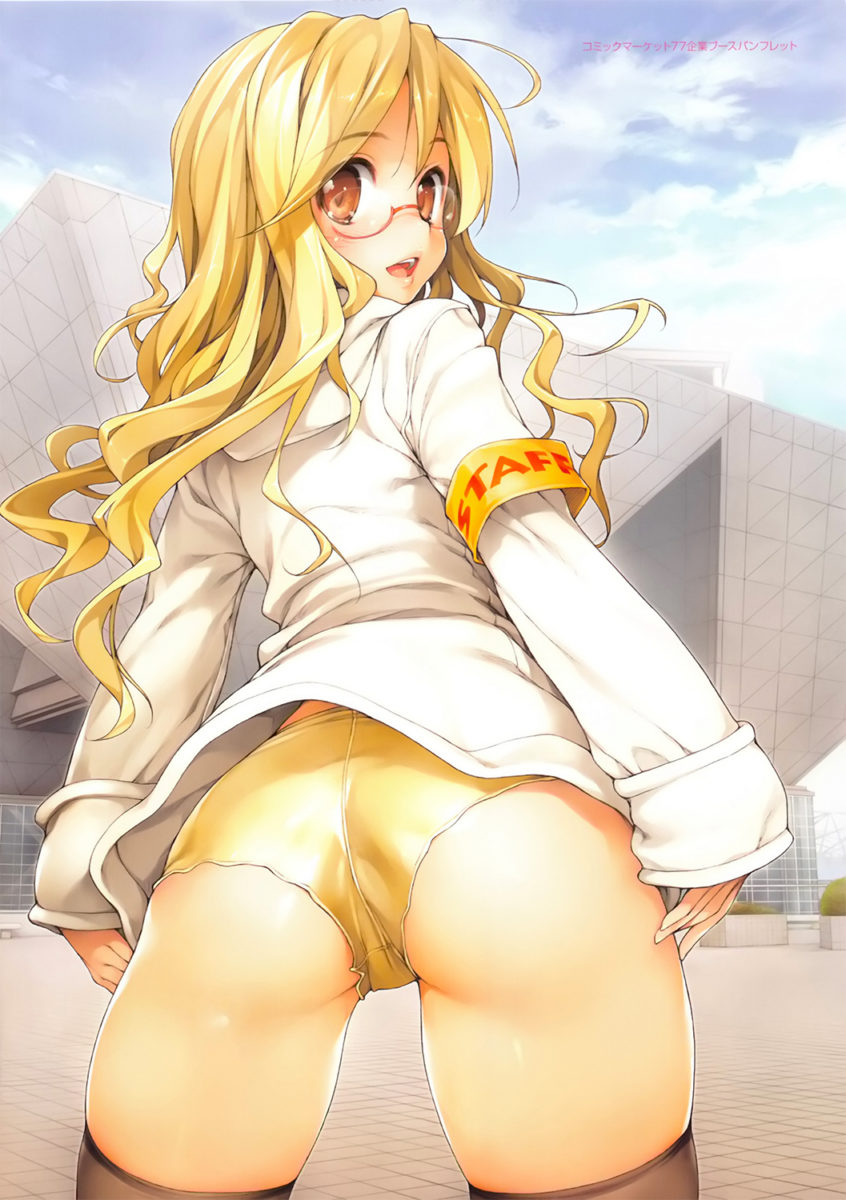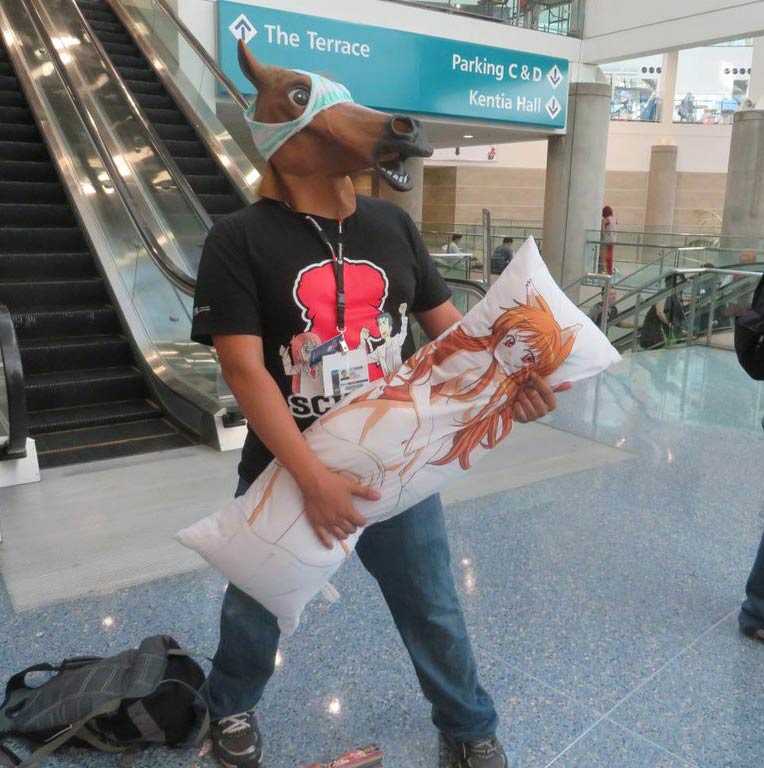Today’s J-List post is below. You can also read it on the J-List website or the JBOX.com site.
Hello from a very cold Japan. As usual, January on the Kanto Plain (the large plain around the Tokyo area) is bitingly cold, with cold winds that race down the mountains, called kara-kaze, the harsh “empty wind” that our prefecture is famous for. Except for the snow we got on Dec 31st, which melted soon after, we’ve had clear skies, courtesy of the Japan Alps, which act as a barrier to the precipitation, if not the wind — the poor people who live on the Sea of Japan side of the country endure lots more snow than we do. When it’s as cold as it is in Japan, there’s nothing like going someplace warm, like San Diego, California, which is where I’m off to today. Although Southern California has been getting beat up by bad weather, I’m sure it’s warmer than Japan.
Learning a new language means dealing with concepts that can’t always be fit into your native language. One of the first examples having to fit a strange linguistic concept my brain came with the words kore, sore and are (koh-REI, soh-REI and ah-REI), which correspond to “this” (something near me), “that” (something new you, or a short distance away) and “that one over there” (something far from both of us) Having three location concepts where there are only two in English was a challenge, and my brain felt uncomfortable with this at first. What was the exact distance in inches where something went from being sore to are? We bugged our teacher with many questions like this. The above three words are demonstrative pronoun, e.g. “this one, that one.” Another set — kono, sono and ano — are articles and require a noun after them, e.g. kono tamago “this egg,” sono hon “that book [near you]” and ano onna no ko “that girl [over there].” If you’ve ever heard a Japanse person over-using “this one” instead of the word “this” it’s because the concepts are different in Japanese.
Sunday was the start of the Hatsu Basho, the first tournament of the New Year. Sumo wrestling is the national sport of Japan, enjoying special sponsorship by the government. There are six tournaments during the year, four in Tokyo’s Ryogoku area and one each in Nagoya and Kyushu. Sumo wrestlers from 54 training houses, called heya (meaning “room”) but oddly translated as “stable” in English, compete against each other as they try to climb in rank as a wrestler. The six ranks in sumo are Juryo, Hirameki, Komusubi, Sekiwake, Ozeki and Yokozuna, with Yokozuna (“Grand Master”) being the top rank. For a time, the sumo world was dominated by American wrestlers from Hawaii, like Konishiki, Akebono and my own favorite, Musashimaru, but one by one they retired as leg injuries and age slowly caught up with them, and they all retired. Currently the only top-ranked wrestler is Mongolian-born Asashoryu, who is one powerful wrestler. He often wins using the yorikiri technique, pushing his opponent straight out of the ring, but is also known for using tsuriotoshi, picking his opponent up and bodily dropping him inside the ring.


